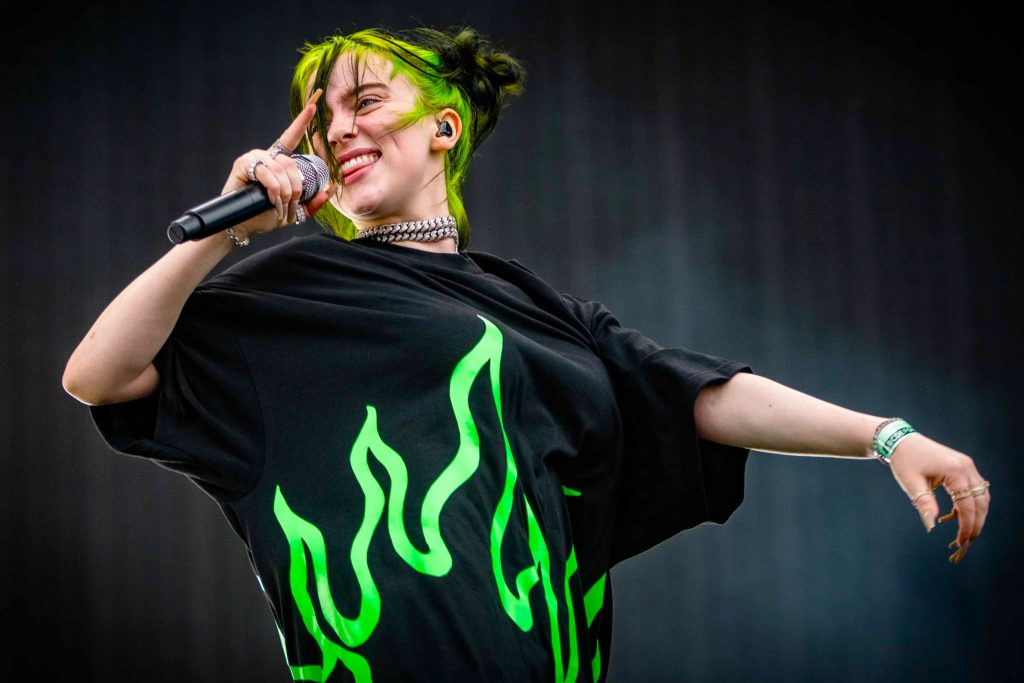
Nine-time Grammy Award winner Billie Eilish’s third album “HIT ME HARD AND SOFT” showcases her maturation as a lyricist and evident strides in her captivating storytelling. Much of the strength of this album also comes from co-producer Finneas’ adept handling of its stylistic elements. Similar to her previous works, Eilish does not conform to one single genre, but revisits familiar territories, creating variations in previously explored genres. There’s a lack of variation in vocal delivery and movement, but this is somewhat mitigated by the unique percussion backings developed by Finneas. The experimentation in sound highlights both the strengths and weaknesses of the duo. While they excel in their development of atmospheric, dreamy tracks, the pair’s reluctance to branch out severely hinders the album’s dynamism.
The album’s lyrics focus on heartbreak, self-discovery and existentialism. With lyrics that can be interpreted to be about her past relationship with Jesse Rutherford, Eilish offers a unique take on breakup songs by dedicating a track to Rutherford’s ex-girlfriend. In track five, “WILDFLOWER,” Eilish empathizes with the ex-girlfriend while in her relationship, seeing, “her in the back of [her] mind all the time.” Eilish then sings about her newly publicized queer identity in both explicit and delicate ways on tracks like “LUNCH” and the coming-of-age story “BIRDS OF A FEATHER.” Adding to her development in writing, the title of the album “HIT ME HARD AND SOFT,” serves as a metaphor for the duality present throughout the album. The juxtaposition in the verbs in the title is paralleled in the hard-hitting percussion and lyrical themes paired with gentle vocals. This contrast is further mirrored in the album cover, featuring Eilish half in shadow and half in light, symbolizing the interplay of dark and light within the music. The poignant maturity of Eilish’s storytelling and symbolism reveals a vulnerability many listeners can resonate with.
In contrast to this evident maturity in lyricism, the stagnant nature of the vocal musicality of the album ultimately diminishes its lasting impression on the listener. Eilish’s attempts at creating grand crescendos, as seen in “THE GREATEST,” fall short of the impact achieved in past hits like “Happier than Ever.” Similarly, the previously mentioned track “WILDFLOWER” makes an attempt at a grand buildup but seems to fall flat. On tracks like “CHIHIRO,” Finneas’ multi-part, uptempo synths stand out, but Eilish’s vocals remain consistent, lacking the variation needed to keep the audience engaged. The soft vocals and effervescence that define much of her discography persist throughout the album, with all attempts at large buildups maintaining limited vocal intensity, offering little novelty to the listener. Furthermore, the repetitiveness in the album’s sound can lead to a sense of monotony. Many tracks blend into one another, making it difficult for individual songs to stand out. For instance, songs like “L’AMOUR DE MA VIE,” and “BITTERSUITE” seem almost interchangeable, both featuring similar melodic structures and playful beats, eliminating individuality. The lack of dynamic vocal shifts within tracks contributes to this issue, as Eilish often maintains a subdued, whisper-like delivery that can become tiresome over the album’s duration. Finneas’ production quality is undeniably high, yet its quality sometimes overshadows Eilish’s vocals, making it more difficult for her soft lyrical choices to fully resonate. This lack of musical diversity can cause listeners to lose interest, as there are few moments of surprise or innovation to break the mold.
Ultimately, “HIT ME HARD AND SOFT” showcases Billie Eilish and Finneas’ musical strengths, but remains constrained by a formulaic approach to vocal delivery. Highlighting areas for further exploration and development. Given its faults, the album lacks in possessing the standout qualities that would elevate it in being a competent addition to Eilish’s otherwise noteworthy discography. The album is not without its quality – offering maturity in songwriting and intricate musical productions; however, the lack of vocal innovation unfortunately diminishes its potential impact.


